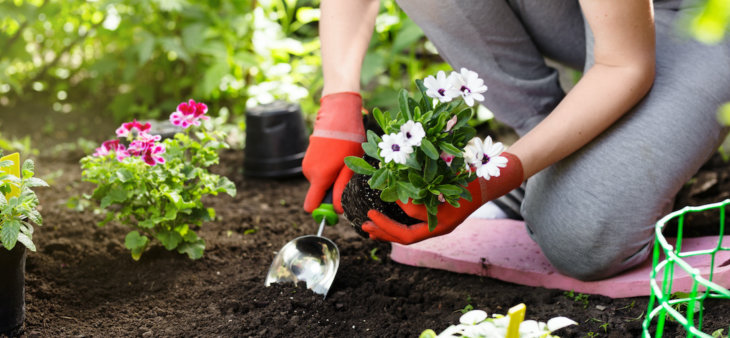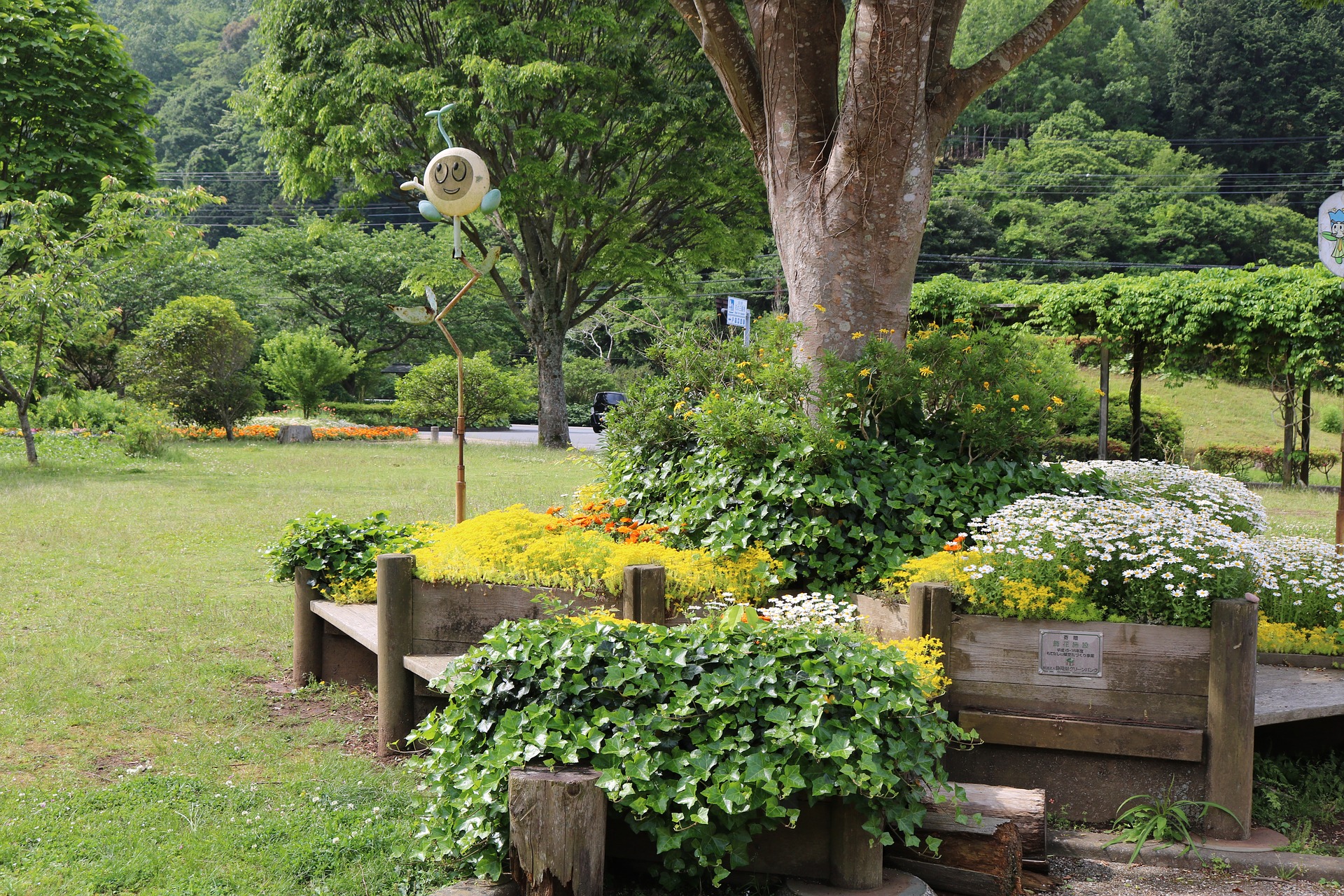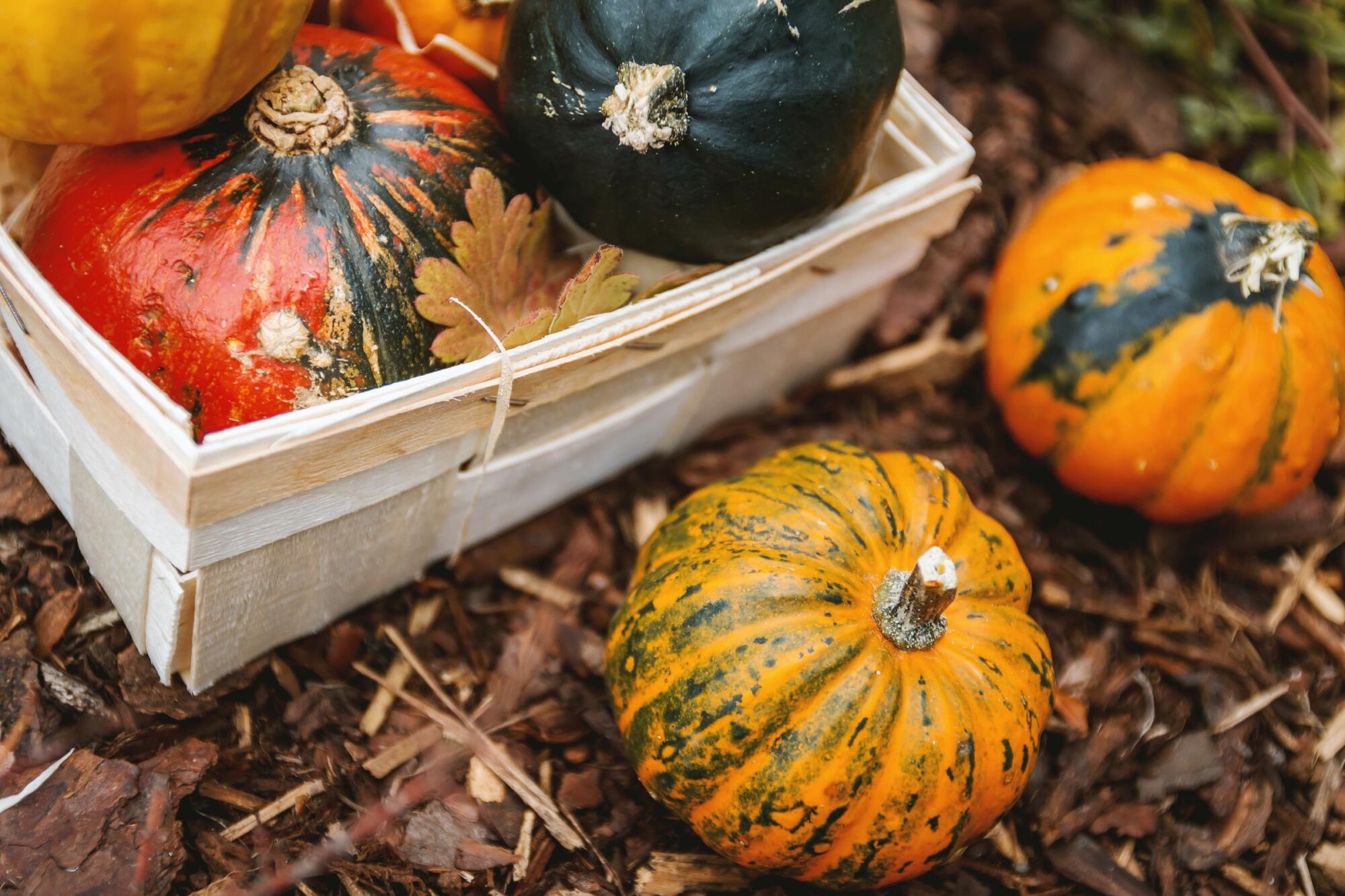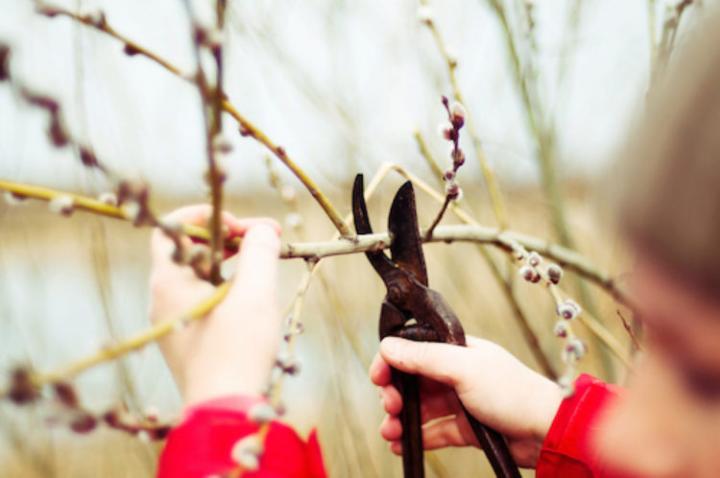The spring season is ideal for getting your garden in shape. Even if you only have a small yard, there is a lot you can do to get your garden ready for summer. So put on your gardening gloves and warm clothing, brace yourself for the cold, and continue reading…
1. Organizing
Cleaning the garden may appear to be an endless task, but if done regularly, it should not take long.
Do not forget to collect any dead leaves or stalks that have fallen to the ground when you are ‘pre-spring cleaning’ your garden. These must be removed because they can harbor diseases and allow bacteria to grow, potentially infecting your plants. That would be a terrible way to start the growing season.
2. Keep your lawn in good condition.
The spring season is ideal for fertilising, raking, and scarifying your lawn. All trash and dead grass cuttings will be removed, allowing the area to breathe and avoid becoming flooded.
You can also use this time to level any uneven sections of your turf and seed it with new grass seed to give it a new look.
3. Composting, reusing, and reducing
One advantage of removing all the organic debris from the garden is that a large portion of it can be composted. Turning over the compost pile should be a top priority in the spring. It has worked hard all winter, and the bottom layer will produce wonderful mulch that you can spread over your flower bed. Have you amassed an overabundance of compost? You could always share some with a friend or neighbour.
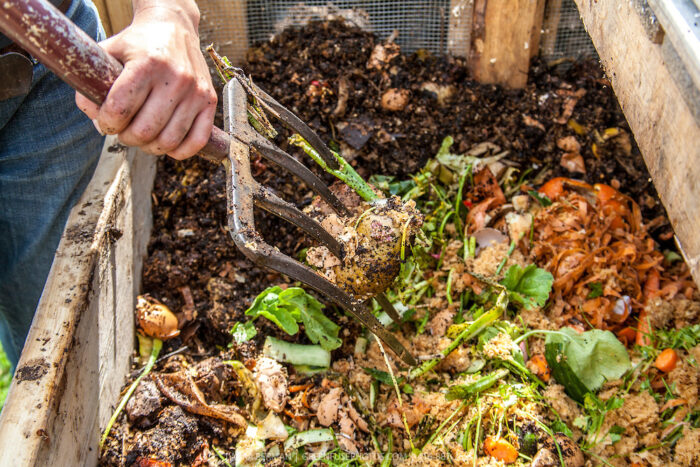
4. Make a kitchen garden.
If you want to grow your own food, now is the time to order your seeds. If you have a greenhouse or a large windowsill, you can begin preparing your containers for propagation. Clean any old pots thoroughly or go all-out and make your own containers out of newspaper, yoghurt containers, or old egg cartons.
5. Trimming and Repotting
Many plants could use some tender loving care to get ready for spring. Repotting/relocating to a more protected area of the garden, or cutting the stems to encourage new growth are all options.
For example, if you have roses, prune them after the frosts have gone away in the spring. You can start preparing now by identifying the plants that will require pruning around this time.
If you have a particularly tall hedge that needs to be trimmed, we recommend using a platform step ladder. The advantages of using a platform step ladder are that you can safely reach up to the stop platform and that you have slightly more room and comfortability for completing the task at hand because you are standing on a platform rather than a rung/tread.
6. Weeds and soil preparation
Weeds have been enjoying their time in your garden while you have been away this winter! As part of your soil preparation, you should eliminate as many weeds as possible. You might need to use a weedkiller for this, but you might be able to get rid of them by hand.
Rake your soil to keep air flowing and to ensure that when you begin planting new perennials, they will have the best growing conditions possible. When it comes to getting your garden ready for spring, new topsoil is an excellent investment.
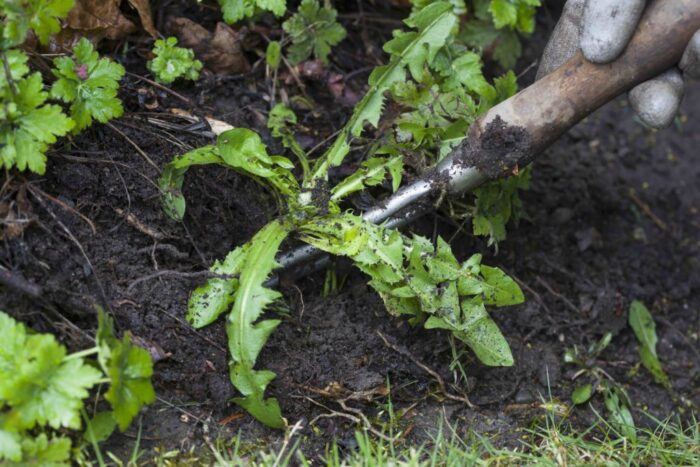
7. Take care of your garden furnishings
Garden furniture, whether made of plastic, wood, or wicker, will require some upkeep. Plastic can be easily restored with warm soapy water and a sponge. Anything made of wood may require a little more assistance. Begin by thoroughly cleaning it; however, pressure washing wood is not recommended as it may cause damage and splinters; then seal it and protect it from the elements with the appropriate wood oil.
8. Gardening tools
It is just as important to keep your garden tools clean and germ-free as it is to keep the pots and containers of your new plants clean.
Make sure your pruning knives and shears are sharpened and oiled for a clean cut when pruning your plants.
Ladders should be wiped clean of anything that has accidentally spilt onto your ladder while working in the garden to ensure that nothing damages or changes the surface of the ladder as this could make the ladder unsafe to use over time. Ensure that the ladder is stored in a dry area and not exposed to all weather conditions, as this will help the ladder last longer.
9. Get rid of pests
Pests will still be drawn to your plants even if you have taken the time to keep your garden clean to help prevent disease spread. It is always a good idea to look beneath the leaves of plants for bugs and flies to keep an eye on if you have any pests that may be damaging or eating your plants without your knowledge. It is also critical to check the species of anything you find on your plants, as some are perfectly fine to ignore while others must be dealt with as soon as possible.
10. Fruit
As they look for food, birds and other animals will be drawn to your fruit trees and shrubs. If possible, cover any fruiting plants with protective netting and provide an alternative food source for birds, such as nuts, in a bird feeder.
